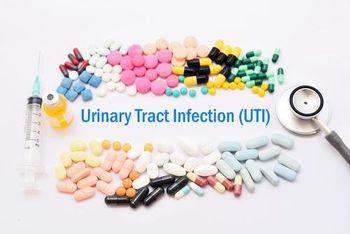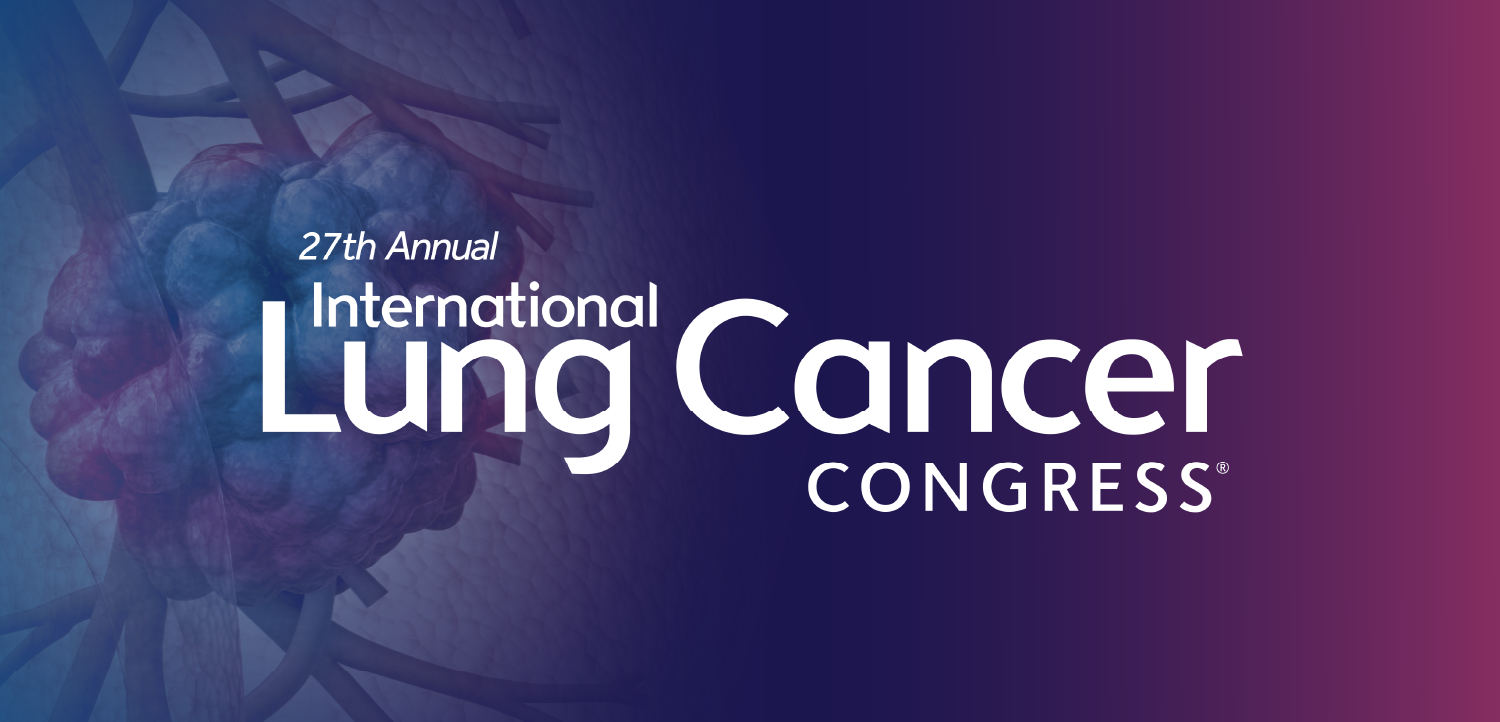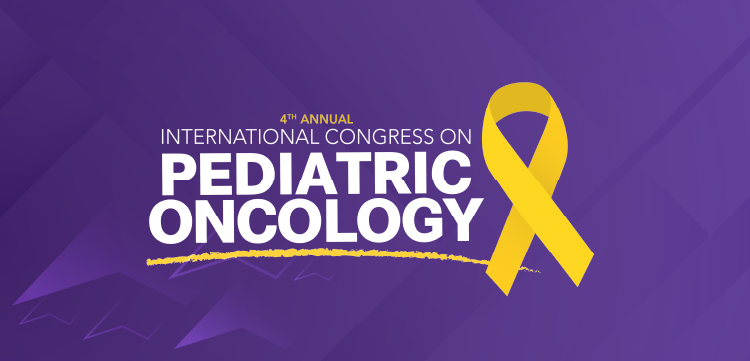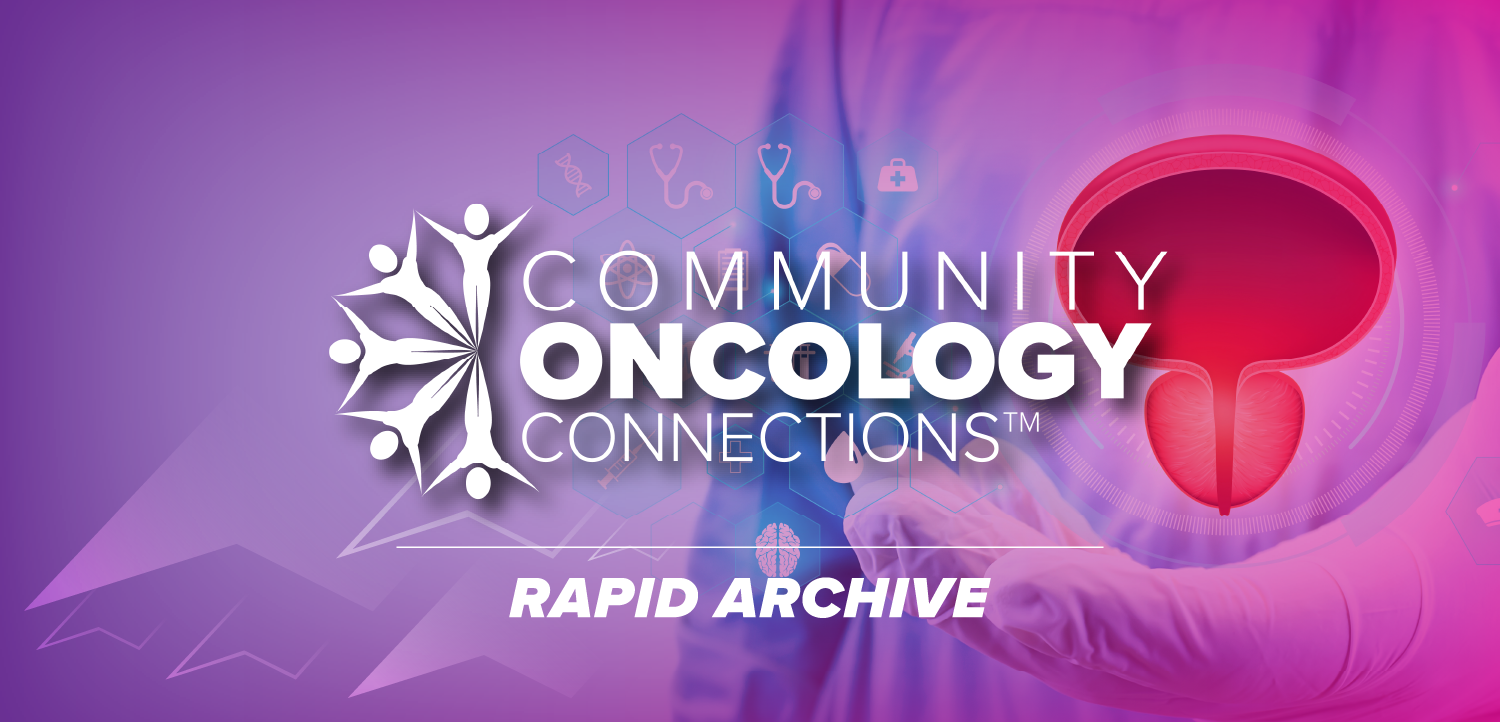
Bending & Ending the HIV Epidemic: Are We on Track to Meet 90-90-90 Goals?
At CROI 2018, Dr. Helen Weiss highlighted where we are in terms of meeting these goals, where the challenges are, and strategies to help prevent new infections.
Although the world has come a long way since HIV was first recognized, the goal of eradicating the virus once and for all has not yet been realized. Hope remains, however, as individuals in the health care sector continue to dedicate their efforts to at least achieving the
Whether or not this ambitious goal will be achieved remains to be seen. And the question remains: Are we on the fast-track to “bend and end” the HIV epidemic?
At the
“In terms of the ultimate goal, we want to increase life expectancy and quality of life in people living with HIV; to promote, protect, and fulfill human rights of the people affected by HIV; and to reduce the number of new infections to zero,” Dr. Weiss stressed.
There’s no denying the progress that has been made towards the ultimate goal. First, those living with HIV now have a longer life expectancy. Dr. Weiss illustrated this improvement using data from a graph comparing life expectancy in the 1990s versus recent years. The sharp decrease depicted in the 1990s has been undeniably reversed, “thanks to early initiation of antiretroviral therapy (ART),” she said.
Developments in ART initiation and treatment have come a long way since their launch. “A young person [who started] ART in 2010 has a 10-year increase in life expectancy compared with a young person who started in 1996,” she said.
The number of new HIV infections globally have steadily decreased among adults between 2000 and 2016, going from about 3 million new infections in 2000 to around 1.6 million new infections in 2016—a 50% decrease. These numbers look even better for children during that time period, decreasing by 75%.
“However, this still means that every day, nearly 5000 people are newly infected with HIV globally and we also know how to prevent each one of these infections,” she said. “The challenge is to bend that curve towards zero.”
The tactics used to make that happen—and their end goals—will differ depending on the mode of transmission, according to Dr. Weiss. Realistically, the goals of eliminating transmission from mother-to-child or via blood transfusion, are more achievable thanks to the tools that we have in our arsenals, such as testing, safe baby formula, and pathogen-reducing methods. On the other hand, when it comes to tackling transmission via injection drug use and sexual intercourse, a more realistic goal would be to try to control it at an acceptable level, she said. Of course, several barriers to achieving these goals remain and although we have tools readily available, “we need a continued focus on how best to combine these and to tailor them to specific individuals in order to have a sensible and effective response,” she stressed.
How do we bend the curve?
One way to do this may lie in universal
Although this was a modeling exercise, it provides hope that it’s possible; however, multiple actions would need to happen to make this a reality, such as good uptake of and frequent testing, linkage-to-care strategies, high ART adherence, and retention in care.
Another modeling study highlighted the potential of scaled-up prevention and treatment efforts. The data suggested that with a scaled-up effort, the 2020 Fast Track target of reducing the number of new HIV infections to 200,000 by 2030, is, in fact, possible. “But I think it’s worth mentioning at this point that it’s not all about treatment,” Dr. Weiss noted. The data included a projection of what would happen if efforts were largely scaled up in the realm of prevention. Although perhaps a little unrealistic, if 90% of those with multiple partners used condoms, it would bend the epidemic curve.
Where do we currently stand when it comes to the number of new infections? The sobering fact is that when it comes to reaching that goal, we are very off-track, lamented Dr. Weiss. “If we’d like to get back on track, we are hoping to see 1.5 million new infections or fewer in the next UNAIDS data coming out,” she said.
There is not much data on population incidence currently available; however, Dr. Weiss shared some information that has been yielded by population-based HIV impact assessments (
“A recent analysis highlighted that the prevalence of viral suppression among young women aged 15 to 24 was considerably lower than in other groups. And, on average, in these 7 countries, a total of 45% of young women aged 15 to 24 living with HIV had viral suppression; that’s real[ly] far from the goal we want, which is 73%,” she stressed. “And I should mention that even the goal of 73% leaves 27% living with HIV without viral suppression.”
Those individuals who are younger, more educated, newly diagnosed, live further away from clinics, and who do not know other individuals who are living with HIV have been found to have poorer linkage to treatment, according to a treatment as prevention trial, ANRS 12249. In order to reach the 90-90-90 targets, it’s very important to ensure that no one gets left behind, said Dr. Weiss. As such, “the focus now needs to be a call to action to improve HIV outcomes in the many populations that are being left behind.”
One population that has been a focus for Dr. Weiss is younger adults, a sentiment echoed by several presenters at CROI 2018. “This is the age group when patterns of behavior establish, including, of course, sexual behavior,” she said. HIV is the leading cause of death among adolescents in sub-Saharan Africa; it’s the second cause on a global scale. Furthermore, the number of new HIV infections among younger individuals is disproportionate. “In the United States, those between the ages of 13 and 29 account for about 23% of the population, but for 40% of new HIV infections,” shared Dr. Weiss. “Globally, about 1 in 3 new infections are among people aged 15 to 24 but they account for only one-fifth of the population.” If the goal is to “bend and end” the HIV epidemic, this population cannot be left behind.
The good news is, there are strategies that are being developed and put into action that target these harder-to-reach populations. One of the big ones is the increased availability of self-testing. A trial that looked at the use of HIV self-testing kits in 16,680 adults across 28 intervention clusters in Blantye found that there was high uptake, especially among younger individuals. Not only that, but the tests were found to be popular among both men and women.
More community-based strategies are coming into effect in order to increase HIV testing uptake. Many individuals who are at risk for the virus are wary of health care institutions due to previous negative encounters with the health system. By making testing less facility-based and more community-based, researchers have found increased uptake in
However, challenges remain. As
“I would say that bending the epidemic curve—not ending it—is possible if we intensify some of these intervention and treatment efforts, if we remember to focus on leaving no one behind, if we focus on knowing our epidemic and knowing adaptable and flexible response, and if we ensure that funding is expanded in the short-term,” Dr. Weiss concluded.
Newsletter
Stay ahead of emerging infectious disease threats with expert insights and breaking research. Subscribe now to get updates delivered straight to your inbox.











































































































































































































































































































